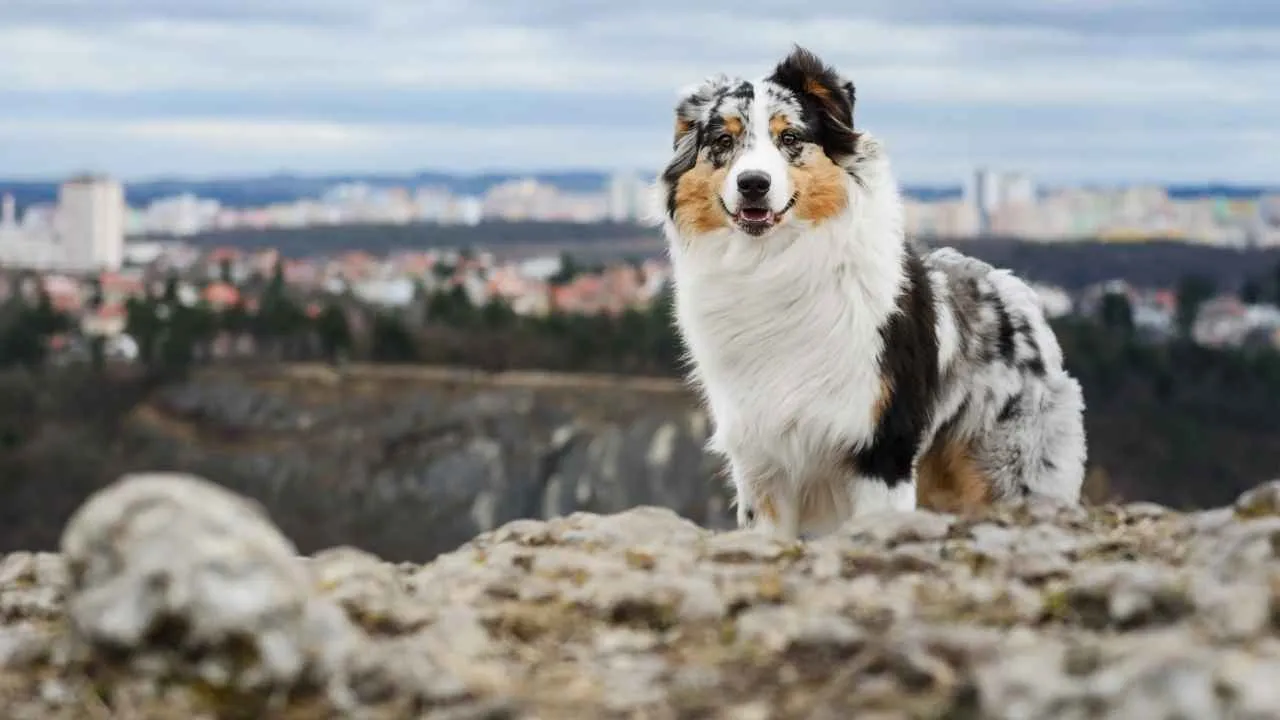Finding the perfect canine companion often comes down to balance, and that’s where medium-sized dog breeds shine. Weighing between 20 to 60 pounds, these dogs offer the ideal middle ground between the petite charm of small breeds and the sturdy loyalty of larger ones. They’re manageable in size, versatile in temperament, and generally easier to care for, making them a favorite choice for families, singles, and seniors alike.
But beyond big personality and practicality, many dog lovers also want to know: How long will my furry friend be around? While a dog’s lifespan can vary based on factors like genetics, health, and environment, some average-sized breeds are known for living longer than others. With proper care, a healthy lifestyle, and regular vet visits, many mid-sized dogs can enjoy a long and happy life by your side.
In this article, we’ll spotlight average dog breeds with notably long lifespans, those dependable, mid-sized companions that offer both heartwarming presence and enduring companionship for years to come.
Average Dog Breeds with a long lifespan
1. Australian Cattle Dog
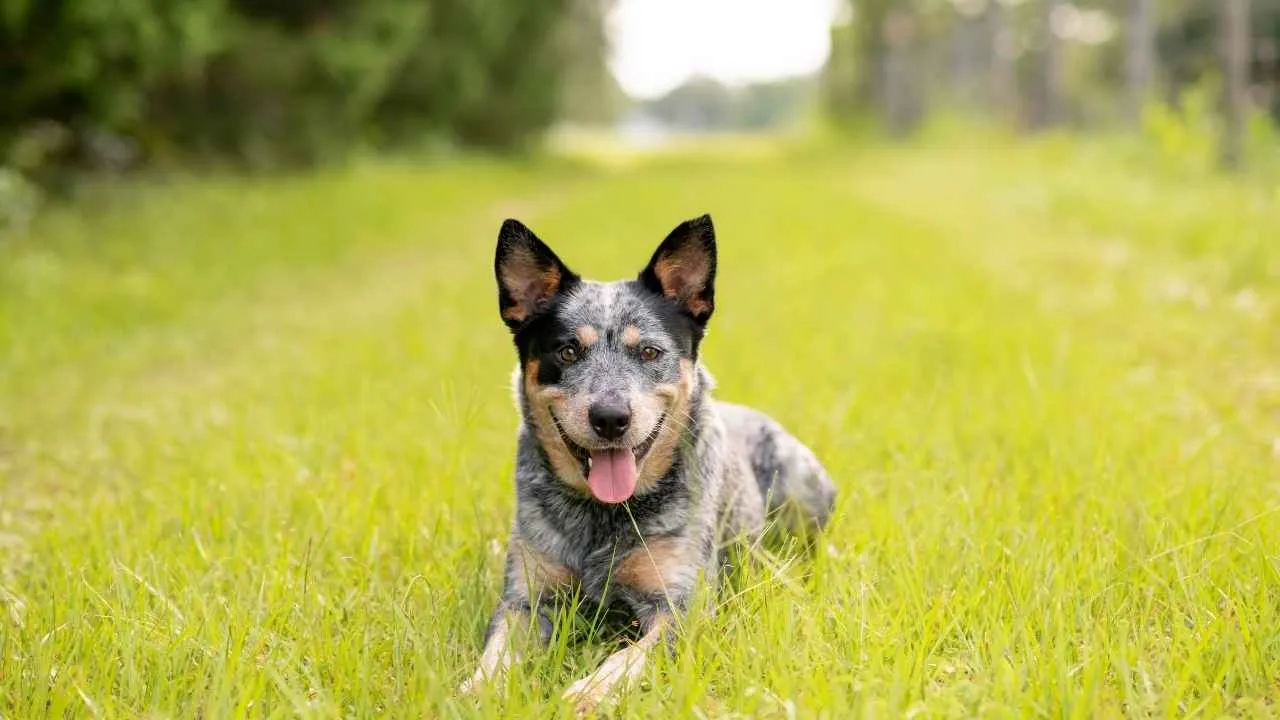
The Australian Cattle Dog, also known as the Blue Heeler, stands out as one of the longest-living breeds, with an average lifespan of 12 to 16 years. The AKC describes the Australian Cattle Dog as devoted, smart, and determined.
Originally bred to herd livestock across rough Australian terrain, this sturdy and intelligent breed is known for its loyalty, resilience, and strong work ethic. Weighing between 35 to 50 pounds, the Australian Cattle Dog is muscular and highly alert, making it a dependable companion for active households or those seeking a dog with real purpose.
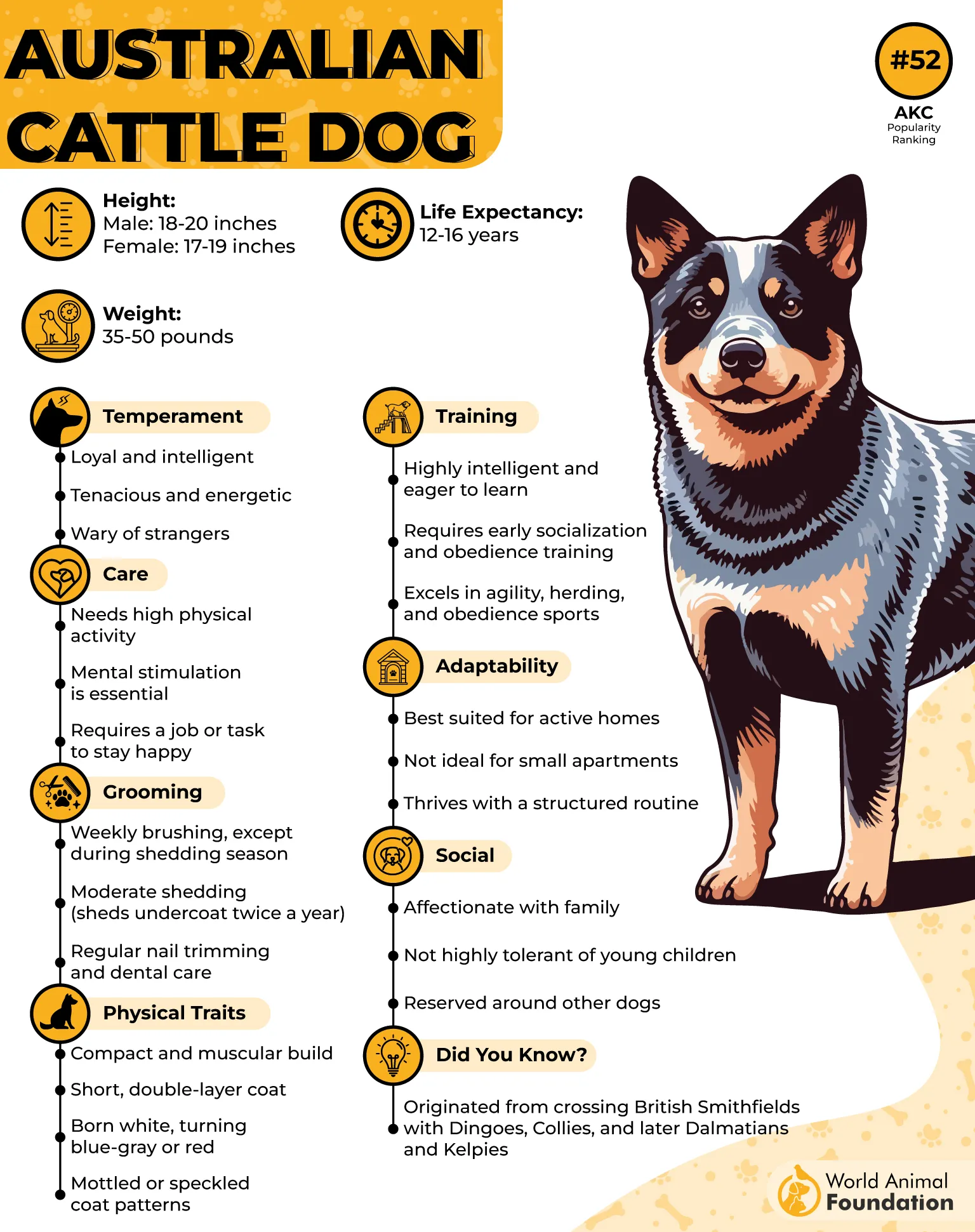
Exercise
For a dog breed with such impressive longevity, regular and intensive physical activity plays a vital role. Australian Cattle Dogs thrive when they have a task or a structured routine, simple walks often won’t cut it. These high-energy dogs need daily outlets like running, agility training, or herding exercises to stay mentally and physically balanced.
Their natural herding instincts and athleticism make them ideal candidates for dog sports that challenge both mind and body. The combination of a highly active lifestyle and mental stimulation not only keeps them content but also contributes to their overall health and extended lifespan.
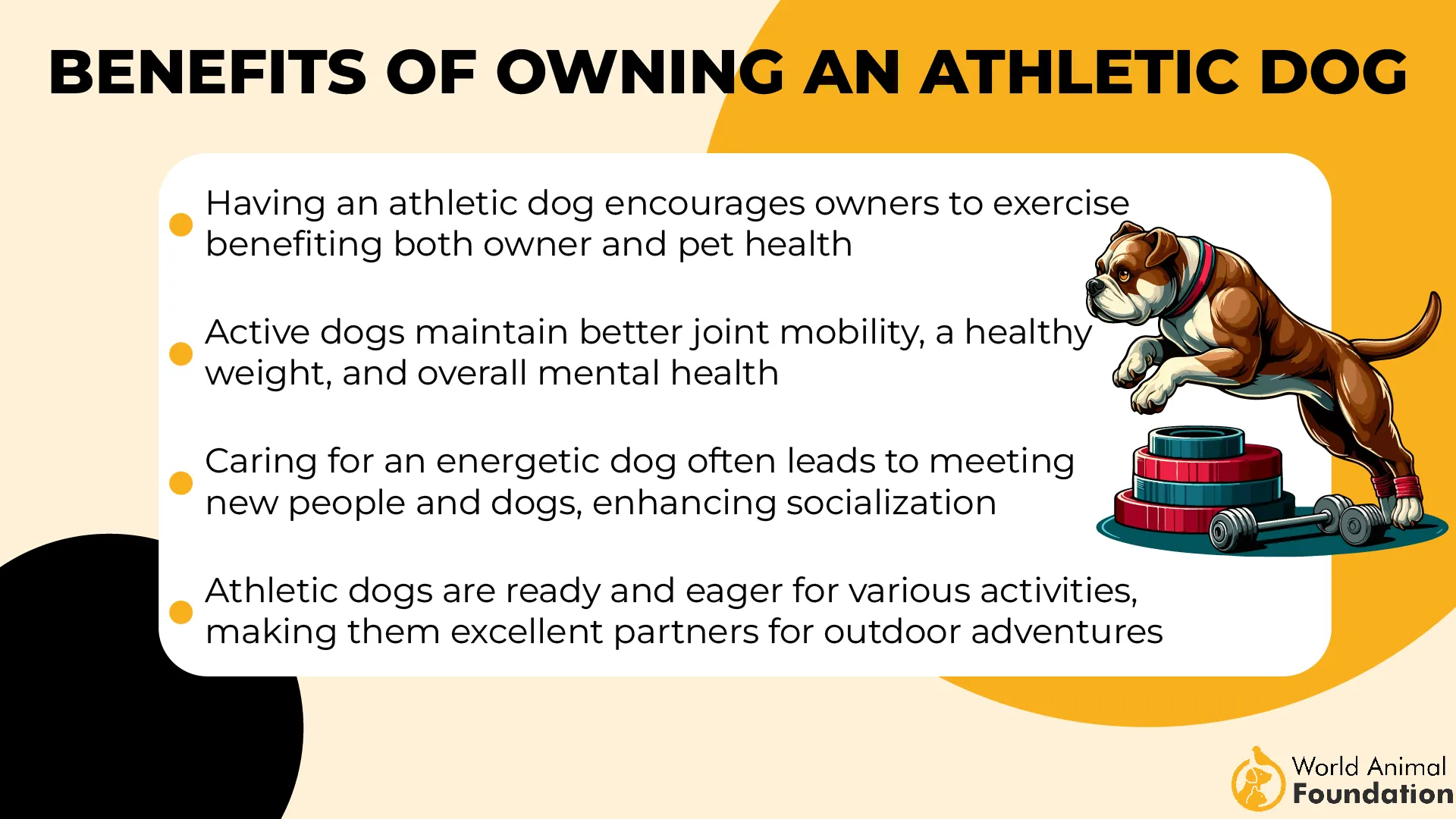
Fun Fact: The oldest dog on record, Bluey, an Australian Cattle Dog, lived an incredible 29 years until 1939.
2. Australian Shepherd
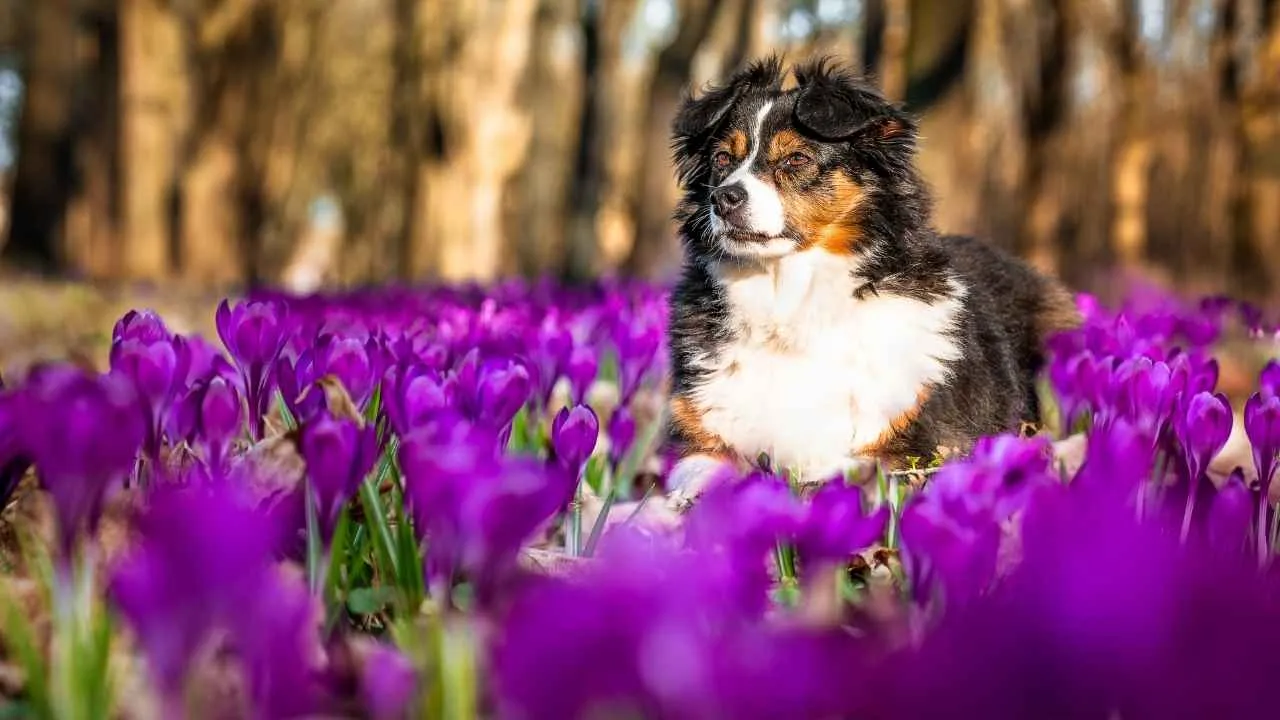
The Australian Shepherd, affectionately known as the “Aussie,” is a medium-sized herding dog celebrated for its intelligence, devotion, and versatility. Despite the name, this breed was actually developed in the western United States in the 19th century, drawing on herding breeds from Europe and possibly Australia.
Weighing between 40 and 70 pounds, Aussies are loyal companions with a keen mind and a strong instinct to stay near their humans, making them both dependable and protective. With proper care, they often enjoy a lifespan ranging from 12 to 15 years. Britannica states that the Australian Shepherd, being a herding and working dog, must be energetic, independent-minded, attentive, confident, and watchful.
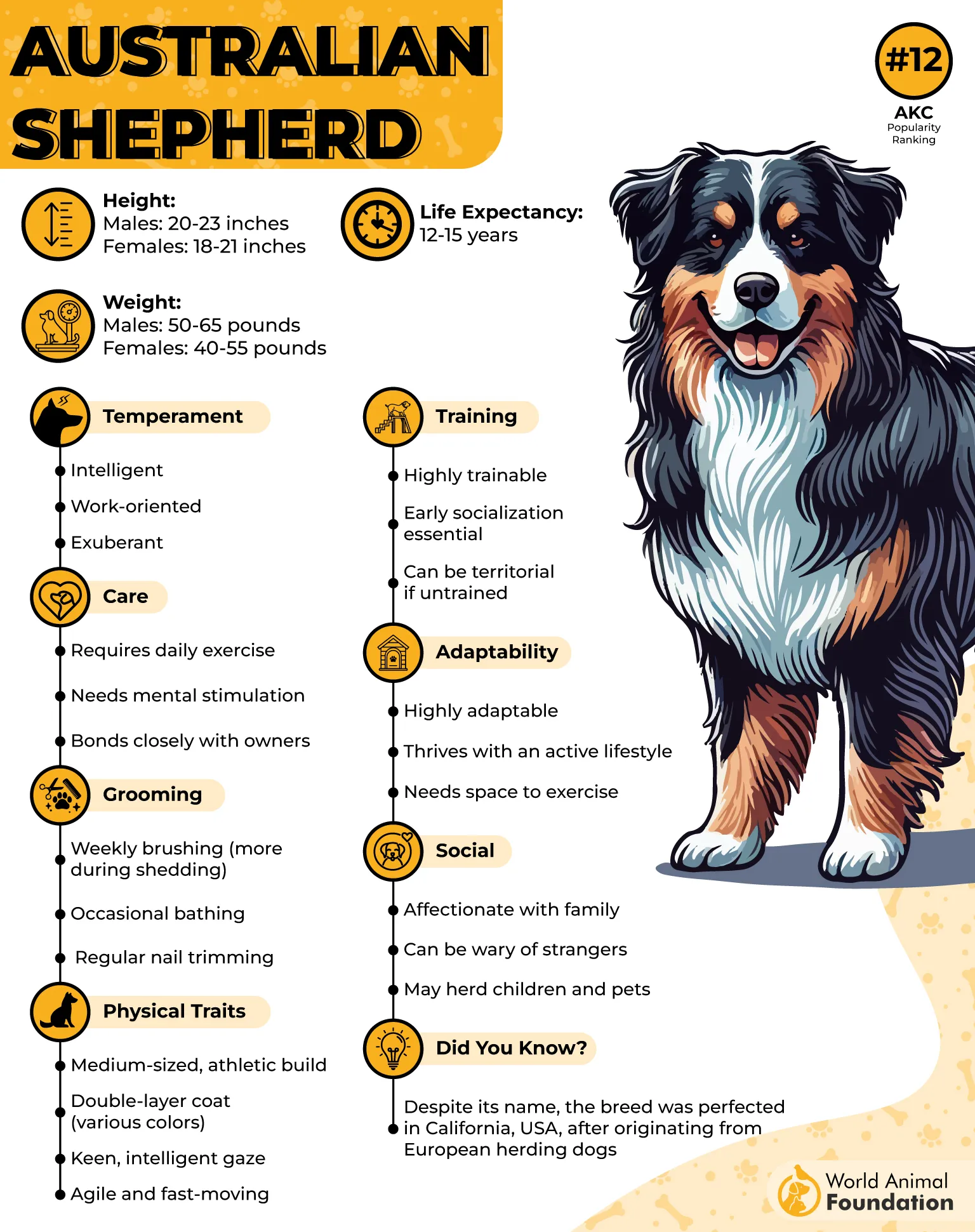
Exercise
As one of the more long-lived, average-sized breeds, the Australian Shepherd thrives on activity. Their high energy levels and sharp intellect demand daily stimulation, both physical and mental. A quick walk won’t suffice for these energetic dogs; they need at least an hour of vigorous play or structured exercise each day.
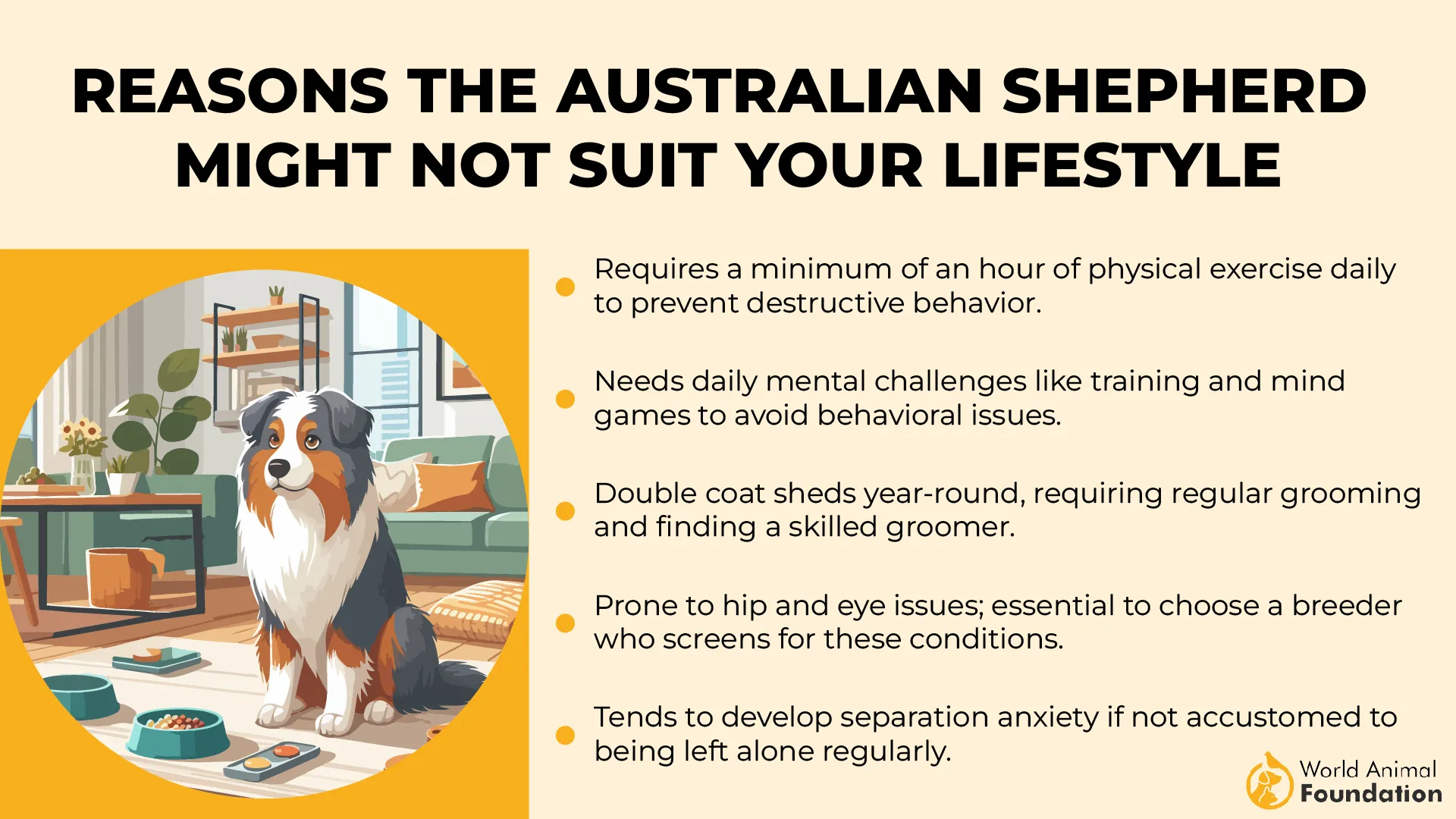
Whether it’s running, swimming, or playing fetch, Aussies relish movement and purpose. They also excel in dog sports like herding and nose work, which not only keep their bodies fit but also nurture their quick minds, contributing to their overall health and longevity.
Fun Fact: Despite their name, Australian Shepherds were primarily developed in the United States, not Australia.
3. Shetland Sheepdog
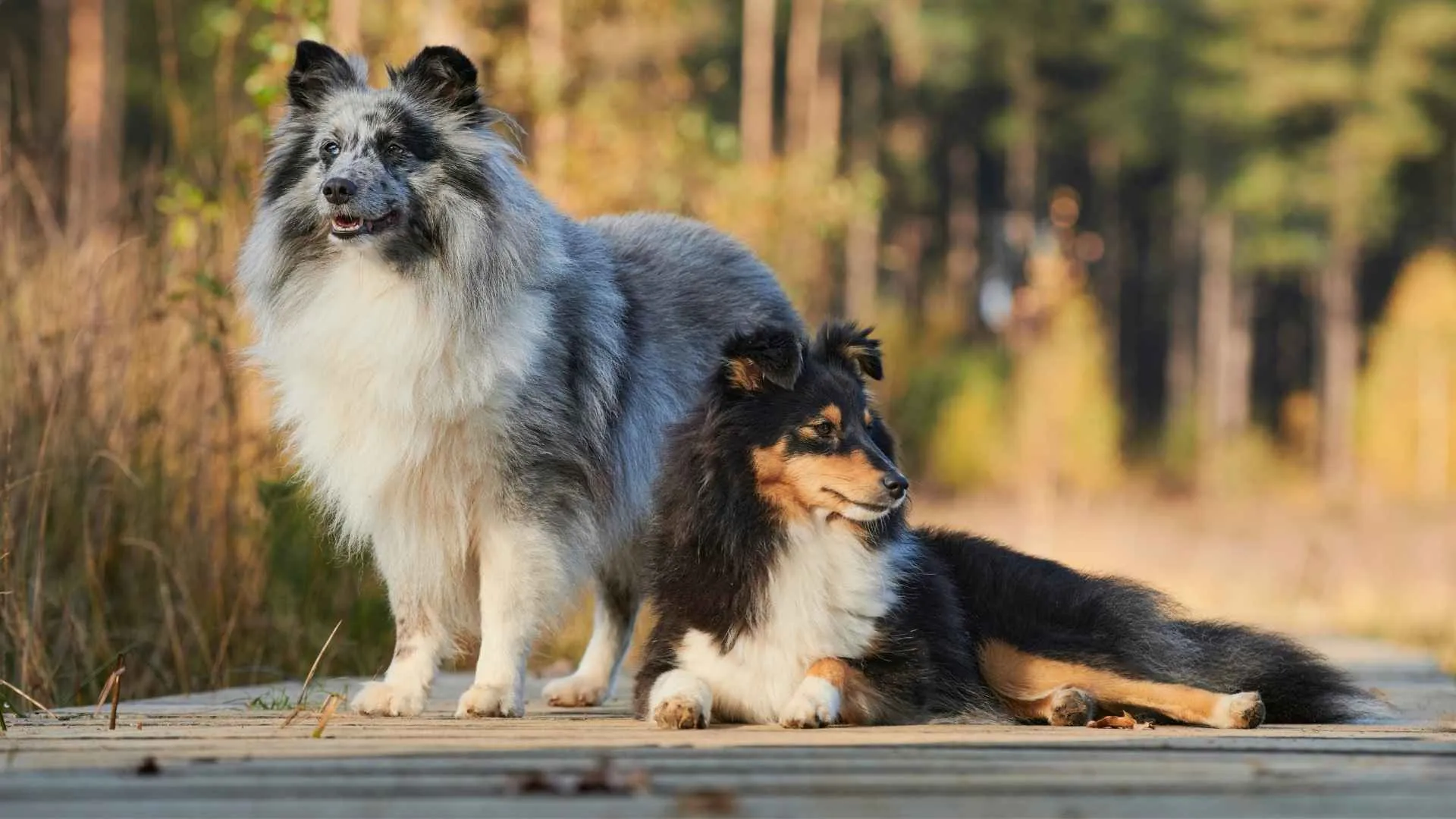
The Shetland Sheepdog, or “Sheltie,” is a graceful, small to medium-sized herding breed known for its intelligence, agility, and long lifespan, typically ranging from 12 to 15 years. Often mistaken for a miniature Rough Collie, the Sheltie blends elegance with liveliness in a compact, family-friendly package.
Hill’s Pet explains that the Sheltie’s dense double coat offers strong protection against harsh weather conditions. Their affectionate nature and sharp minds make them both loyal companions and quick learners, thriving in homes that offer both love and structure.
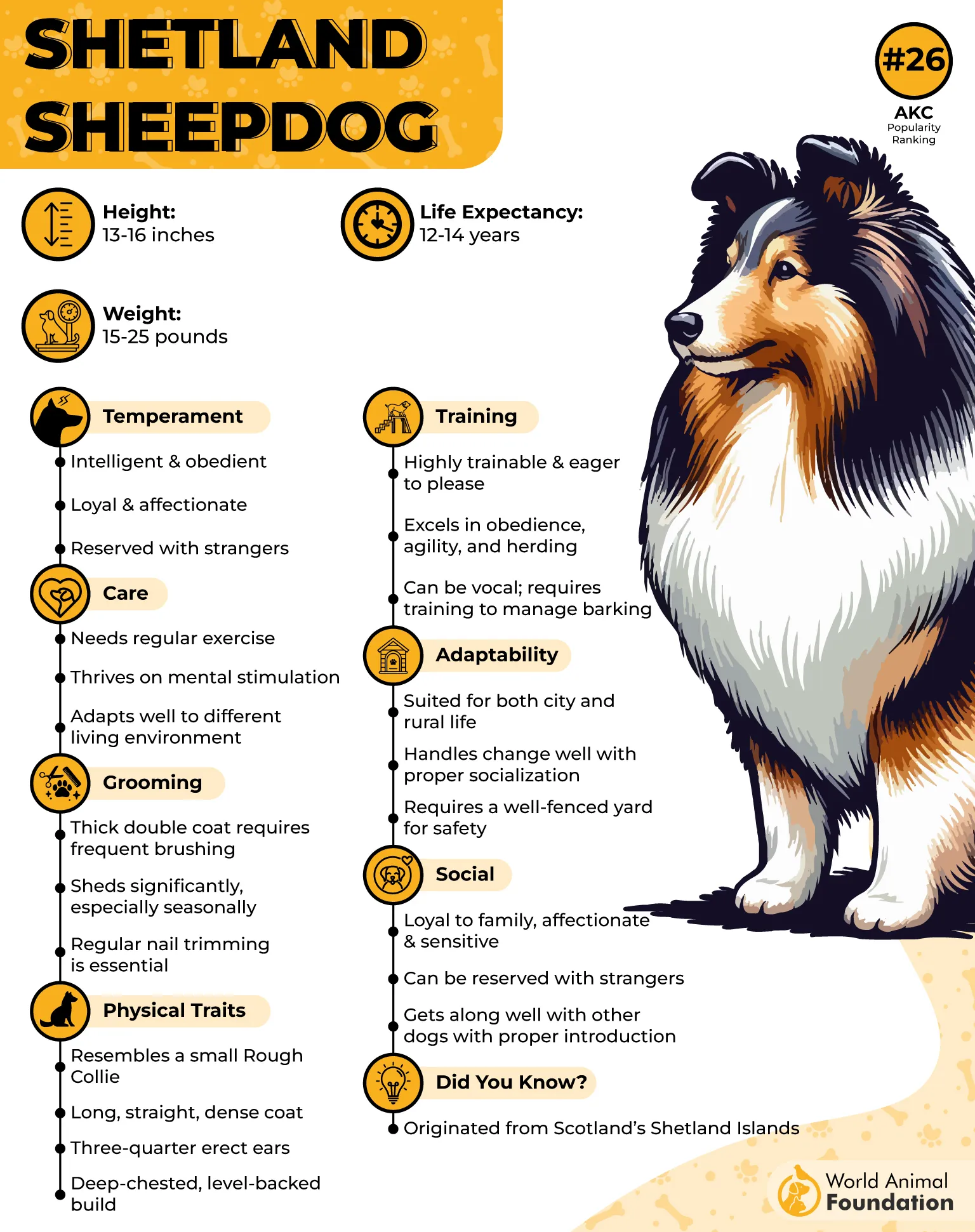
Exercise
Shetland Sheepdogs may be smaller than some other herding breeds, but they pack a great deal of energy and stamina. For a breed with such a notable lifespan, consistent daily activity is essential to maintain both their physical and mental well-being.
They require about 20 to 40 minutes of exercise each day, which can include brisk walks, interactive play, or participation in dog sports like agility or obedience training. While they can adapt to apartment living, Shelties do best with a secure outdoor space or regular leash walks to channel their energetic spirit. Their herding instincts remain strong, and staying active contributes significantly to their long-term health.
Fun Fact: Despite their athleticism, Shelties are light enough to scoop up for a cuddle after a long day of running and playing.
4. Whippet
Elegant, affectionate, and surprisingly fast, the Whippet is a medium-sized dog with a gentle disposition and an impressively long lifespan, often reaching up to 15 years. Purina states that the Whippet is a slim, fit, and athletic breed, combining strength and power with elegance and agility, perfectly designed for speed and performance.
Originally bred for racing and hunting small game, Whippets are agile sprinters who can hit speeds of up to 35 mph. Yet, despite their explosive athleticism, they’re calm, quiet, and affectionate companions at home, known to get along well with children, dogs, and even cat-friendly households.
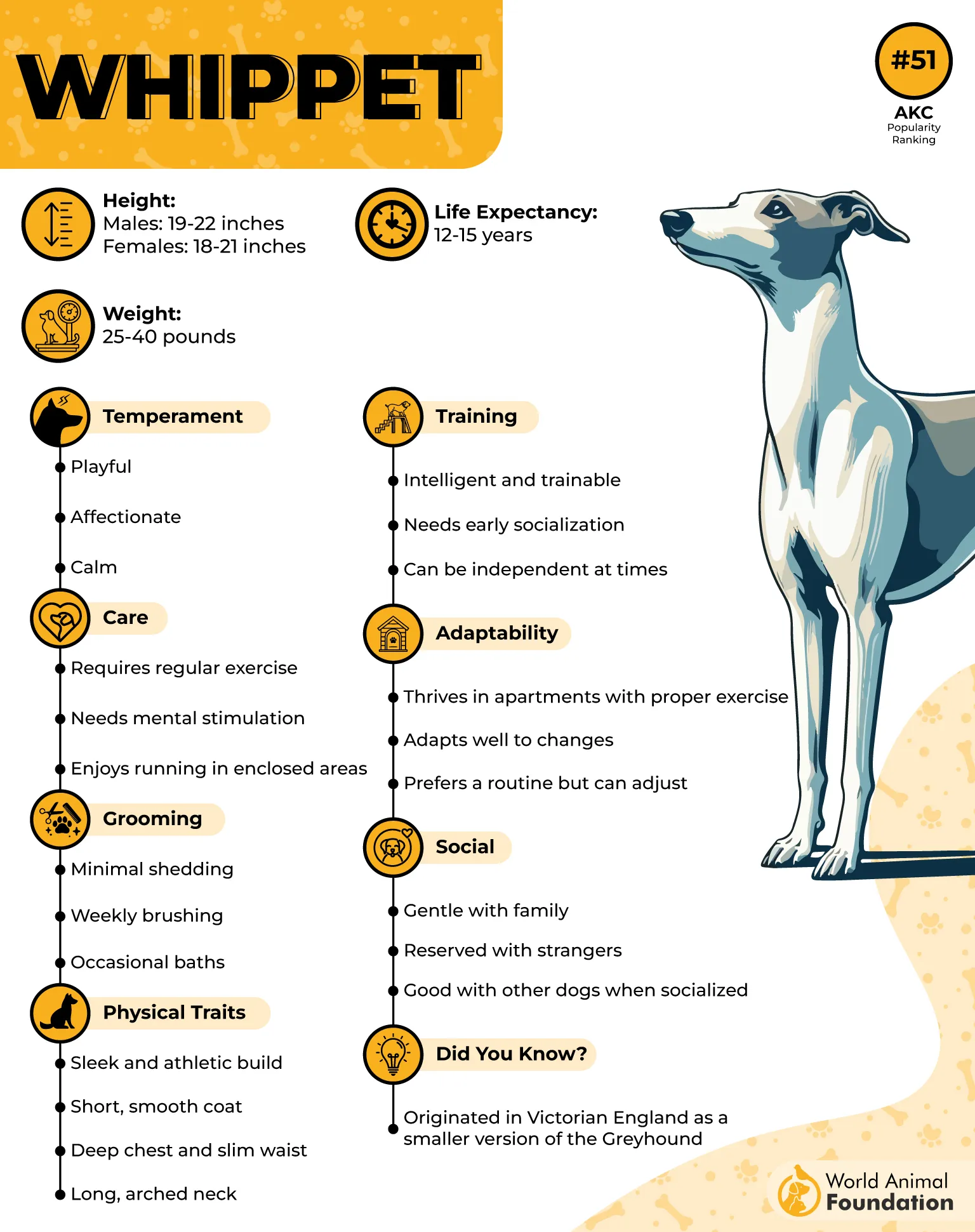
Exercise
Whippets are the perfect blend of athletic prowess and couch potato charm. While they relish lounging at the end of the day, daily exercise is crucial to keep them physically and mentally stimulated. As a long-lived, medium-sized breed, regular bursts of activity, like running in a secure area or playing fetch, help maintain their health and extend their lifespan.
Their sighthound instincts make them chase-prone, so off-leash play should always be in a safely enclosed space. Whippets also benefit from obedience training, though their independent streak can make recall challenging. With routine physical activity and gentle structure, they stay fit, happy, and healthy for many years.
Fun Fact: Although smaller than a Greyhound, the Whippet has better acceleration and can even outrun them over short distances.
5. Shiba Inu
The Shiba Inu may be small to medium in stature, but it’s packed with personality and longevity. With a life expectancy of 13 to 16 years, this medium-sized Japanese breed is known for its fox-like features, clean habits, and fierce independence.
This is one of the longest living dog breeds. Shibas are affectionate with family yet often aloof with strangers, making them better suited for experienced dog owners who appreciate their bold and opinionated nature. Their loyal disposition and generally healthy constitution contribute to their extended lifespan when provided with proper care.
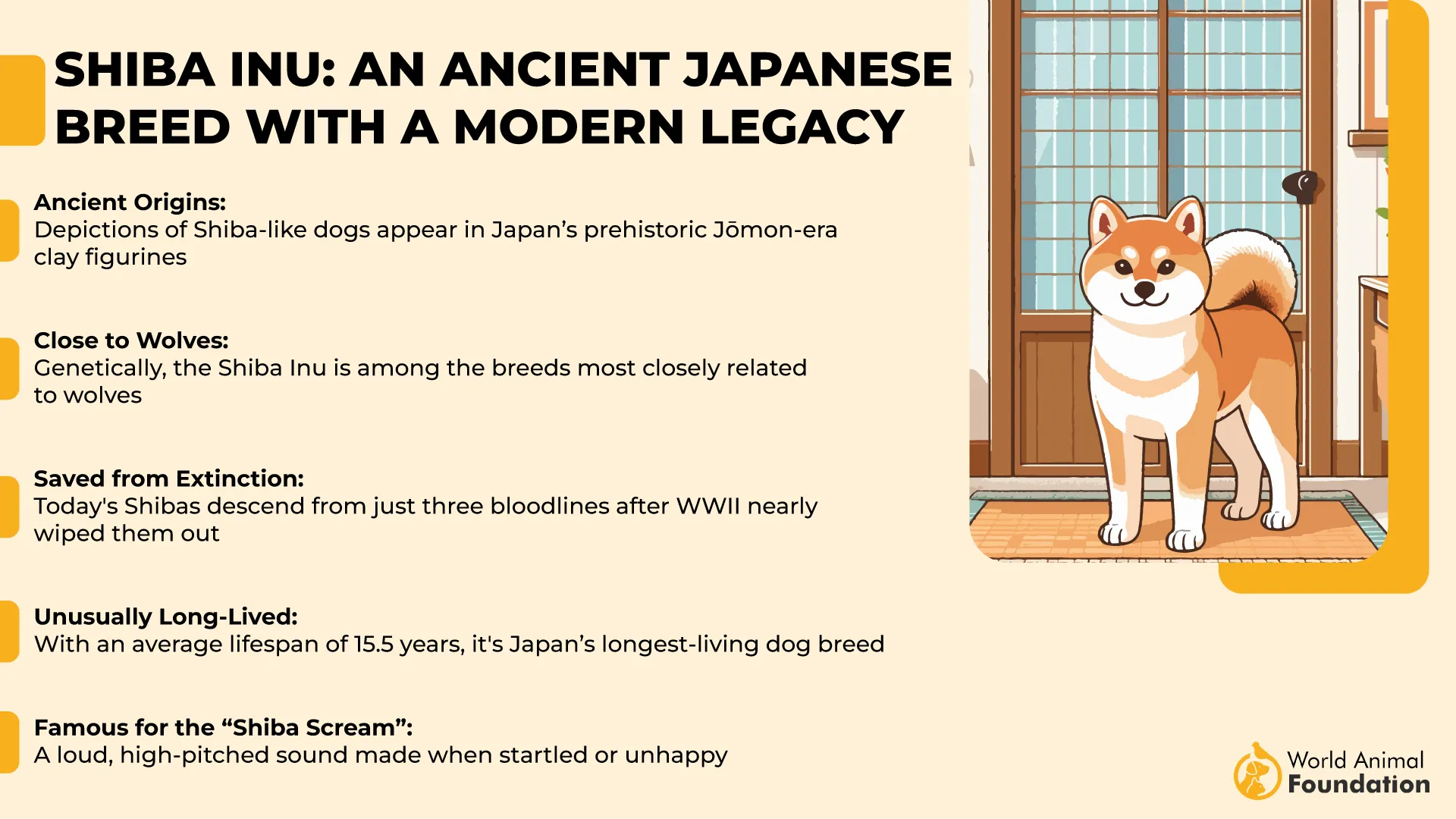
Exercise
Shiba Inu’s physical and mental needs must be met to maintain its health and spirit. A typical Shiba needs 40 to 60 minutes of daily exercise, ideally including a mix of physical activity and mental challenges. These clever dogs enjoy engaging games, puzzle toys, and food-motivated problem-solving activities.
Due to their hunting instincts, it’s important to allow off-leash play only in secure areas. Their strong will and love of chasing mean recall training is essential. Without enough stimulation, boredom can lead to unwanted behaviors, so mixing up routines with ball games, garden explorations, or even chasing water from a hose in warm weather helps keep a Shiba happy and healthy.
Fun Fact: Shibas are famous for their high-pitched “Shiba scream”, a unique vocalization that’s both dramatic and unforgettable.
6. Bearded Collie
The Bearded Collie, affectionately known as the “Beardie,” combines a cheerful personality with a strong herding heritage. Though their shaggy double coat gives them a larger-than-life appearance, these medium-sized dogs typically weigh between 45 to 55 pounds and possess a lean, athletic frame beneath all that fluff. These pups live 12 to 14 years, the Bearded Collie is among the average-sized breeds known for its healthy lifespan and spirited demeanor.
Exercise
Maintaining the Bearded Collie’s vitality and longevity requires consistent daily activity. True to their herding roots, these dogs are lively, playful, and brimming with energy. This dog tends to play interactive games, outdoor adventures, and have long play sessions with their family. They become great family pets.
At least 1–2 hours of exercise per day is ideal to keep them mentally sharp and physically fit. Their boundless enthusiasm for movement makes them excellent companions for active households, and their love of all weather conditions ensures they’re ready for play no matter the season. This high level of physical engagement plays a key role in supporting their overall health and long lifespan.
Fun Fact: Though they may look bulky due to their shaggy coat, Bearded Collies are actually lean and agile dogs beneath all that fluff.
7. Collie
The Collie is a devoted and graceful breed known for its loyalty, intelligence, and timeless appeal as a family companion. Originally bred for herding sheep in the rugged landscapes of Scotland and England, this loyal breed gained global fame in the 20th century thanks to the iconic Lassie.
Today, they remain one of the most beloved average-sized breeds, weighing between 50 to 75 pounds, and are celebrated not only for their gentle demeanor but also for their solid lifespan, they tend to live 10 to 14 years.
Exercise
As a herding breed with a history of working closely alongside humans, the Collie requires consistent physical activity to stay happy and healthy. Their energetic nature makes daily outdoor time essential; at least an hour of exercise is ideal to keep them mentally sharp and physically fit.
This could include long walks, runs, or engaging games that challenge their agility and intelligence. Because Collies are quick learners, rotating activities and training routines helps prevent boredom and strengthens the bond with their family. This balance of active lifestyle and mental enrichment plays a big role in promoting their longevity and well-being.
Fun Fact: Collies rose to prominence during Queen Victoria’s reign and became household names through the beloved “Lassie” books and television series.
Conclusion
While giant breeds tend to have shorter lifespans and smaller dog breeds often steal the spotlight for longevity, many average-sized dogs strike the perfect balance between size and lifespan. Breeds like the energetic Australian Cattle Dog and the affectionate Collie prove that dogs live longer when supported with the right combination of exercise, preventative care, and companionship. Their durability and devotion make them a great resource for families seeking a pet that can share many vibrant years by their side.
Keeping a dog at a healthy weight, avoiding extra weight, and proactively managing potential health issues, such as progressive retinal atrophy, dental disease, or heart disease, can significantly increase a dog’s life expectancy. According to the American Kennel Club, routine veterinary care, a nutritious diet, and ample physical activity are key components in maximizing longevity for large dogs, medium-sized dogs, and even other dogs with hereditary health problems.
If you’re exploring breeds outside the mid-size category, consider long-lived smaller options like Chinese Crested Dogs, Shih Tzus, Toy Poodles, Yorkshire Terriers, Bichon Frises, Lhasa Apsos, and even Wiener Dogs. From the loyal Miniature Schnauzer to the spirited Jack Russell Terrier, one theory remains true: no matter the breed, attentive care and early intervention when dogs develop conditions make all the difference in ensuring a long, healthy, and happy life.


